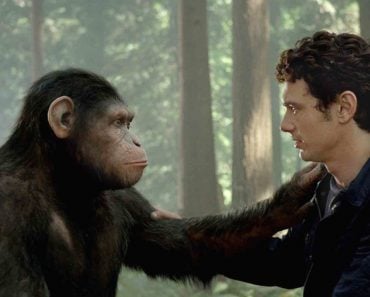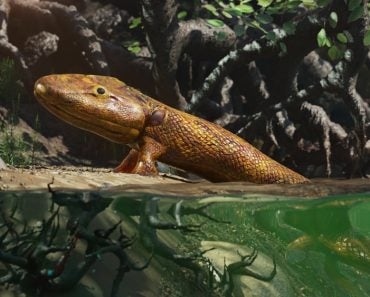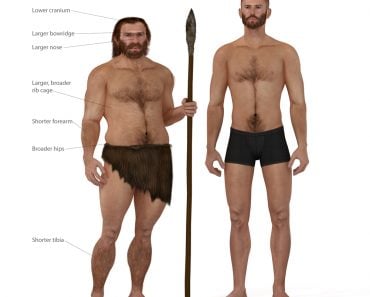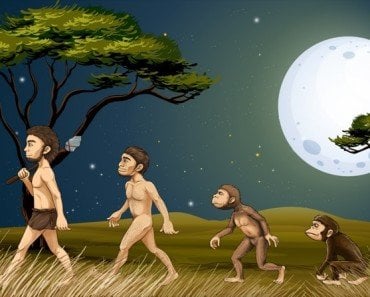Table of Contents (click to expand)
Some people find it difficult to believe that all life originated from the same common ancestor, that chimpanzees are the evolutionary “cousins” of human beings, and that the incredible range of diversity on this planet can be explained by mutation, natural selection and other evolutionary mechanisms.
One of the most controversial topics in this generation (and many others) is the idea of evolution. Many people find it difficult to believe that all life originated from the same common ancestor, that chimpanzees are the evolutionary “cousins” of human beings, and that the incredible range of diversity on this planet can be explained by mutation, natural selection and other evolutionary mechanisms.
The scientific community, however, is largely in agreement about evolution being the primary driver behind diversity and relationships between disparate species. Millions of hours have been spent researching and confirming the links between species, delving into the details of genetic drift, and turning the “theory” of evolution into something more understandable and factual than many frame it.

The fact is, the concept of evolution is not a simple one, and there are many details that people struggle with; these misconceptions or misunderstandings can often lead to false beliefs, fragmented arguments, and the perpetuation of uncertainty regarding this critical issue of our scientific knowledge. The question is… what are those common misconceptions of evolution all about?
Short Answer: People often fail to identify a difference between natural selection and evolution, they don’t understand trait adaptability, they struggle with the question of whether evolution is completely random, they believe that evolution explains the origins of life, and assume that evolution means positive progress. There are also dozens of other smaller issues that would go beyond the scope of a single article.
Recommended Video for you:
Natural Selection Vs. Evolution
This is the most basic point of confusion for many people regarding evolution. By definition, evolution is the change of gene frequencies over time that create new species that are genetically different. Thus, the species appear different and have unique characteristics – even hard-to-notice ones. Evolution has a number of mechanisms, however, including genetic drift, mutation, migration, and the most famous one – natural selection.
Now, natural selection is often linked to the phrase “survival of the fittest”, and since competition and survival is universal for species, this is the most prominent mechanism that drives evolution. It is important to remember that mutation is the crucial element in natural selection. Certain mutations in key genes result in different manifestations of physical traits or characteristics that increase fitness. Fitness, simply defined, is an organism’s ability to survive and reproduce. For example, if a mutation causes the claws of a bird to be slightly larger, this could help its hunting prowess, and thus its survival. Thus, this gene will be more dominant in subsequent generations, and will likely increase the fitness of offspring, and their ability to do things like this.
However, there are other forms of selection, such as artificial selection and sexual selection. Artificial selection is when a particular species or mutation is given preferential treatment by an outside force to survive based on those particular mutated characteristics. Sexual selection is when mate choice is a critical decision, and a potential mate’s fitness is determined by certain physical attributes that are indicative of “good genes”. Clearly, natural selection, along with these other mechanisms, are smaller parts within the much larger process of evolution.
Is Evolution Totally Random?
This is a difficult argument to counter, because there are both random and non-random elements to evolution. For example, when you talk about natural selection, it is a process that is based on survival of the fittest; those with better traits survive and pass on their genetic information, including the genes for that beneficial trait. However, the manner in which they developed that trait – namely mutation – is random.
This is where people get tripped up. People might look at the unusually large size of a certain bird’s beak, and then look at the size of a particular berry that is their main food source. They might think, the berry was too large for the bird’s beak, so the bird evolved to have a larger beak. That is incorrect. Mutation is random, not directed to solve a particular problem. Some mutations may have resulted in a larger beak, while others could have resulted in a smaller one, or one that was more narrow, or was a different color. Whichever mutation resulted in greater fitness would have allowed those birds to reproduce – and eat their favorite berries. So, while certain processes of evolution are not random (predictable), others have randomness at their very core.
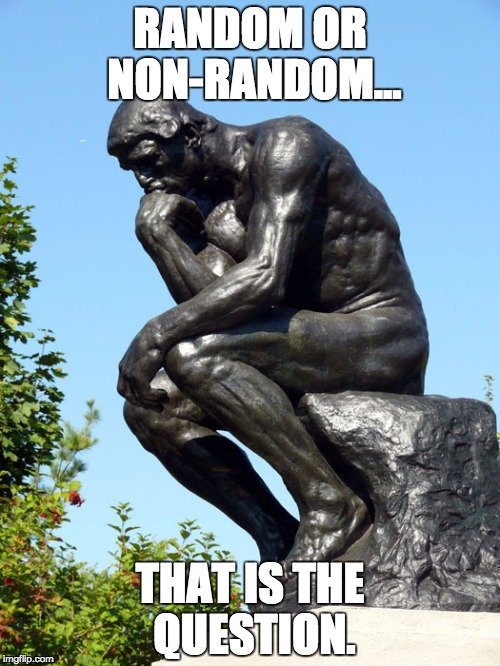
Is Every Trait Adaptive?
After learning about natural selection, it can be a natural crutch to assume that everything adapted for the purpose of something. However, that simply isn’t true, and we can see the evidence of that on our own bodies – consider the tailbone, bellybutton, the color of your eyes, or nipples on a man. There is not necessarily a reason (any longer) for humans to have these traits, and there likely was never a purpose for some of them. For example, the color of our eyes has no bearing on our fitness, and our tailbone is leftover from the distant evolutionary past when we did, in fact, have tails!
This argument is particularly difficult from someone arguing against evolution from a religious or “higher power” perspective of life. The idea of a Great Designer is very appealing when you see the infinite variety of nature, and argue that not everything can be “for” a purpose, and therefore must have been designed by something outside of natural “random” evolution. Also, it is important to remember, functions change over time as species evolve and divide. The traits that have developed over thousands of generations don’t simply disappear when there is a stark change in environmental or predatory pressure.
Evolution And The Origin Of Life
Once again, people seem to push back against evolution because they believe it tries to define the origin of life. While there are certainly elements of evolutionary theory that suggest or hypothesize about how life could have started (near thermal vents deep below the sea), there is no definitive proof of this, and is therefore not a critical part of evolutionary theory as a whole. The vast majority of discussions about evolution are interested in the development of diversity among life forms after the “origin” of life.
Evolution = Progress
This may be the most common misconception of all… the idea that those species that evolved later are somehow “better” or more advanced than those that came before. It is easy to believe this from an anthropocentric worldview – We are the most powerful species on the planet, and are at the top of the food chain, so we are evolution’s “furthest step”.
However, there are species and types of species that have survived for incredibly long periods of time, throughout catastrophic wipeouts of other species (e.g., certain sharks, shrimp, and crabs – all of which have been around for hundreds of millions of years). The idea of evolution as a ladder, with humans at the top of it, is totally incorrect.

Evolution is best expressed as a tree, with millions of branches and divergences over the course of history. Some specific traits have taken tens of millions of years to develop, and just because they are in a species that is perceived as “simple” or “basic” does not mean they are less advanced than humans, elephants, dolphins or chimpanzees. The outcomes of evolution cannot be measured qualitatively or temporally; in the grand picture of life on this planet, every species and their journey of evolution is rather incredible.
Now, the next time someone raises some of these common concerns about the validity of evolution, you can quickly set them on the right track and help them start enjoying the wondrous diversity on the planet, rather than being suspicious of this “theory”.
References (click to expand)
- Gregory, T. R. (2009, April 9). Understanding Natural Selection: Essential Concepts and Common Misconceptions. Evolution: Education and Outreach. Springer Science and Business Media LLC.
- Misconceptions about evolution - Understanding Evolution. The University of California, Berkeley
- The Biggest Misconceptions About Evolution, And What We .... The Public Broadcasting Service


